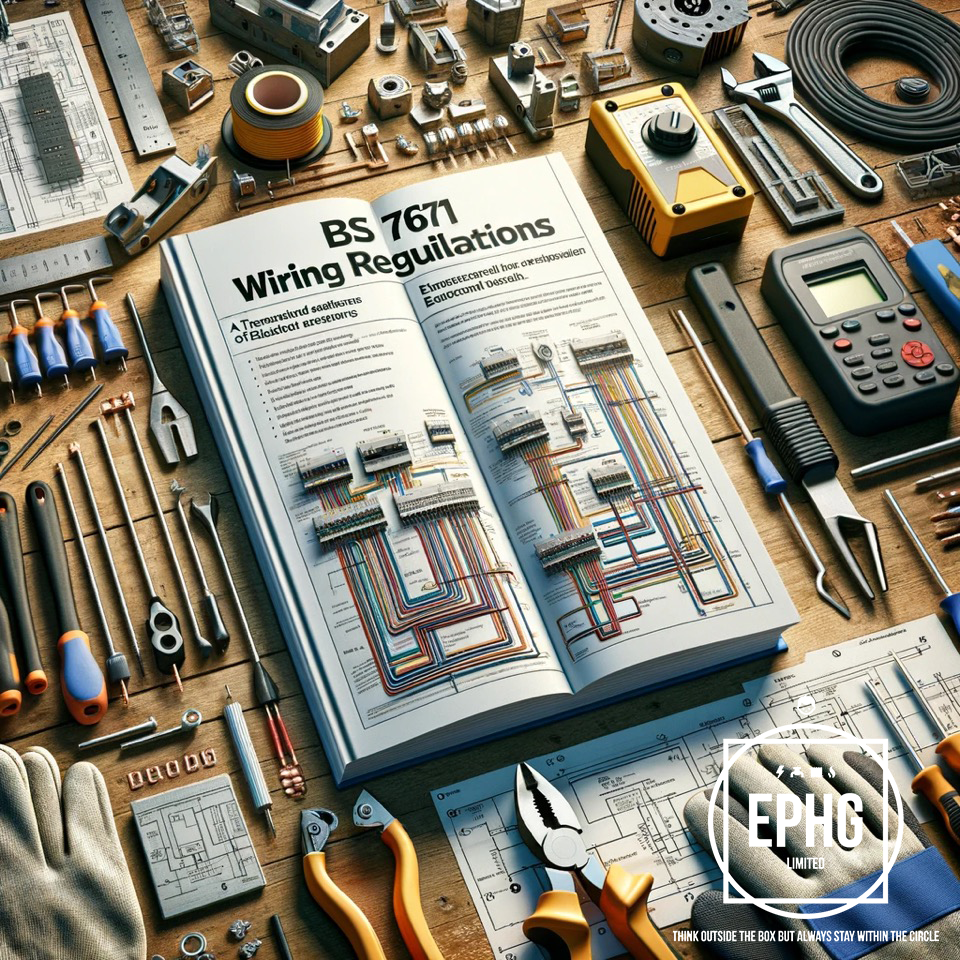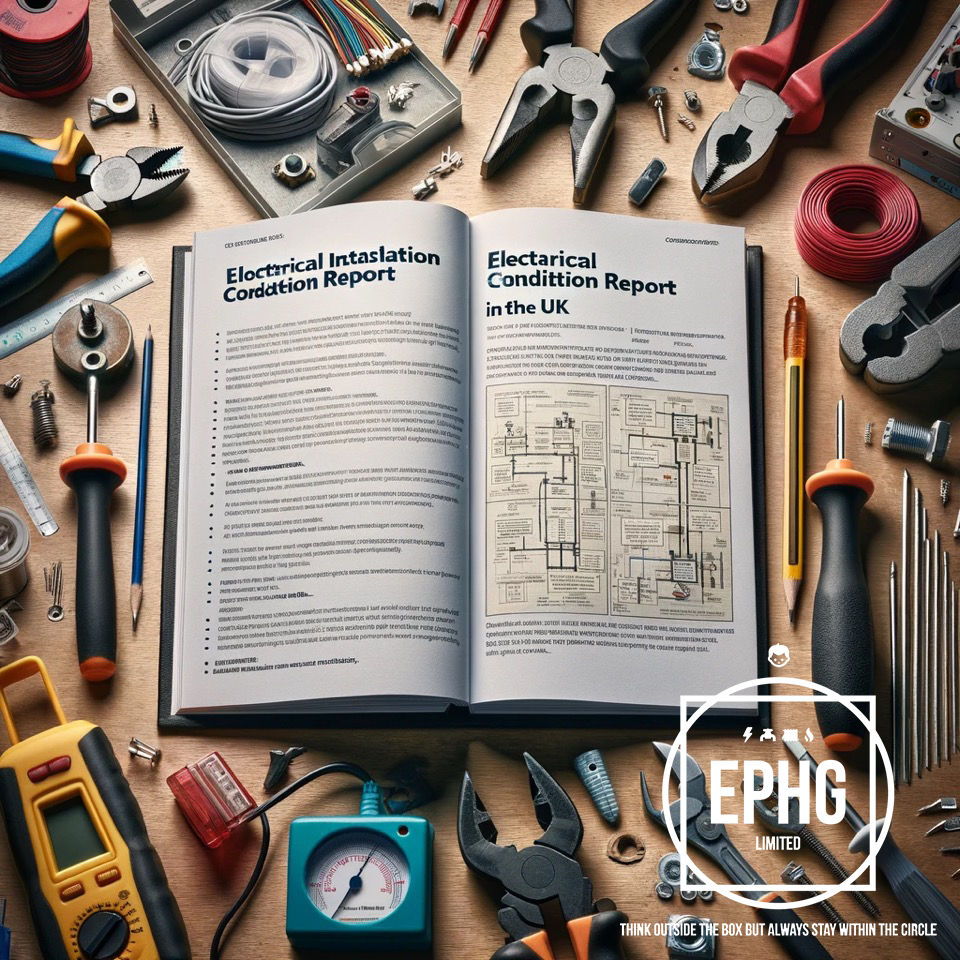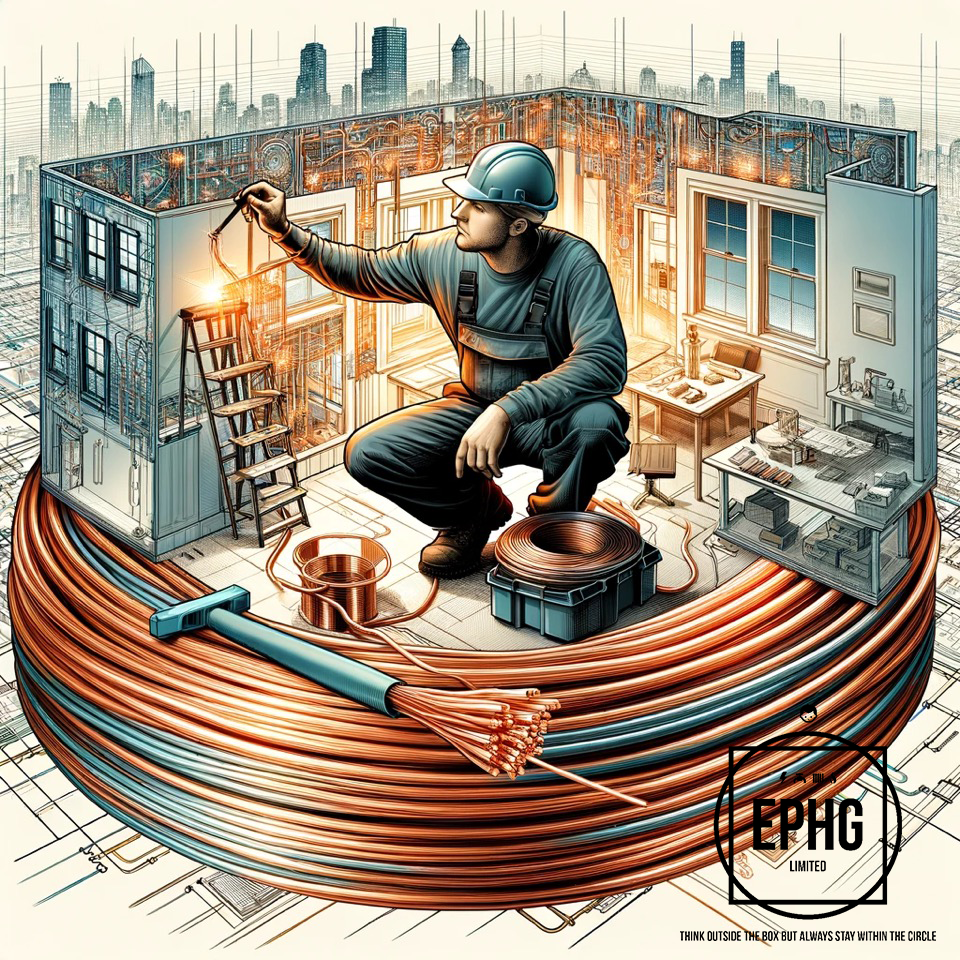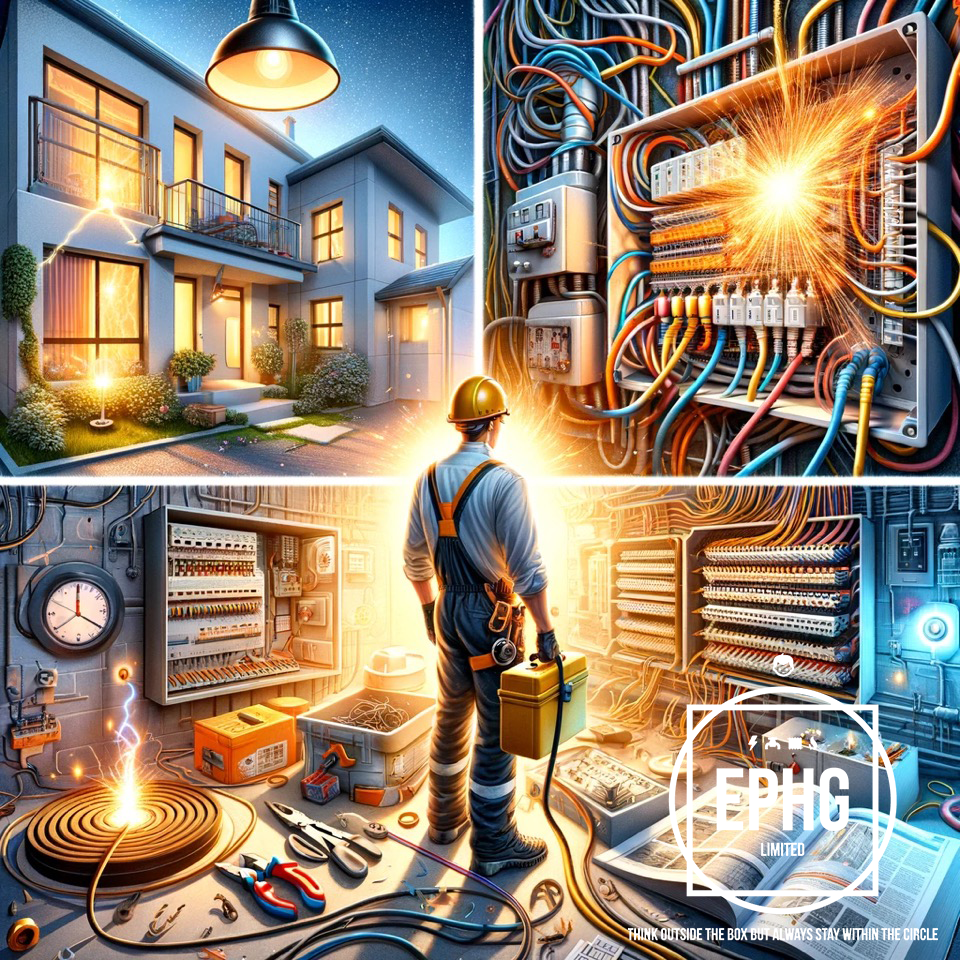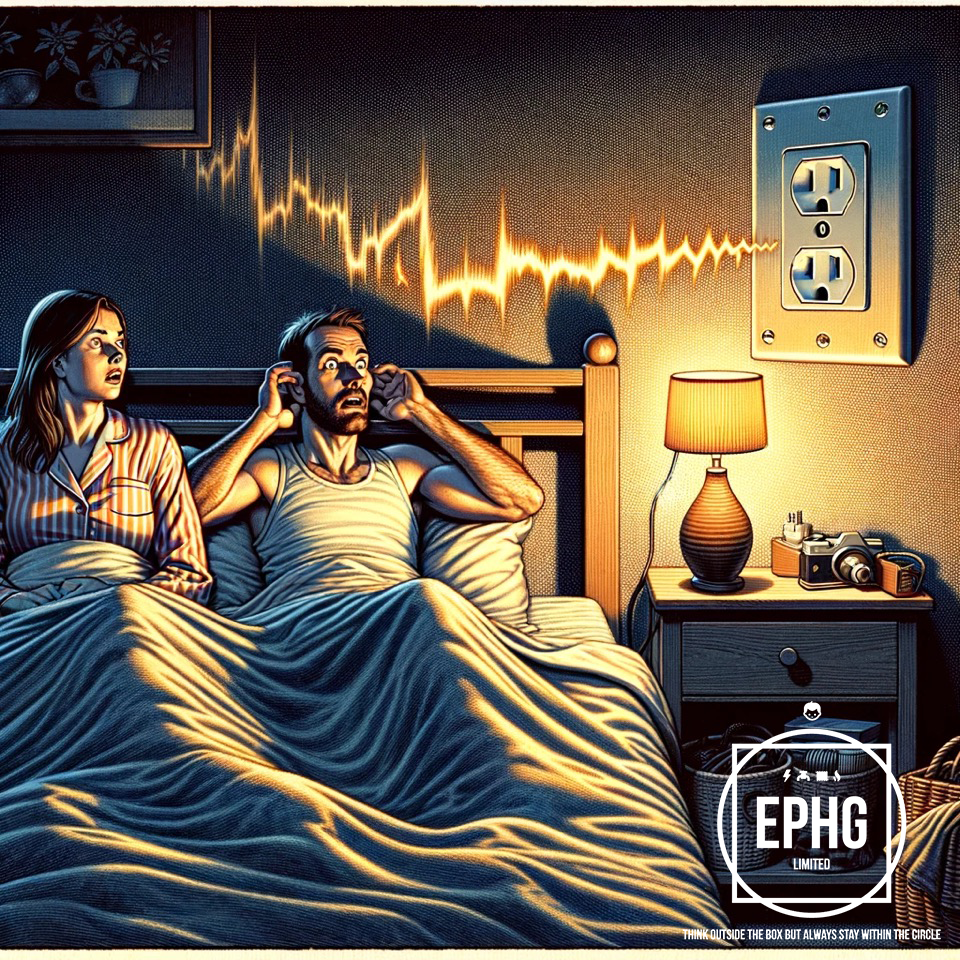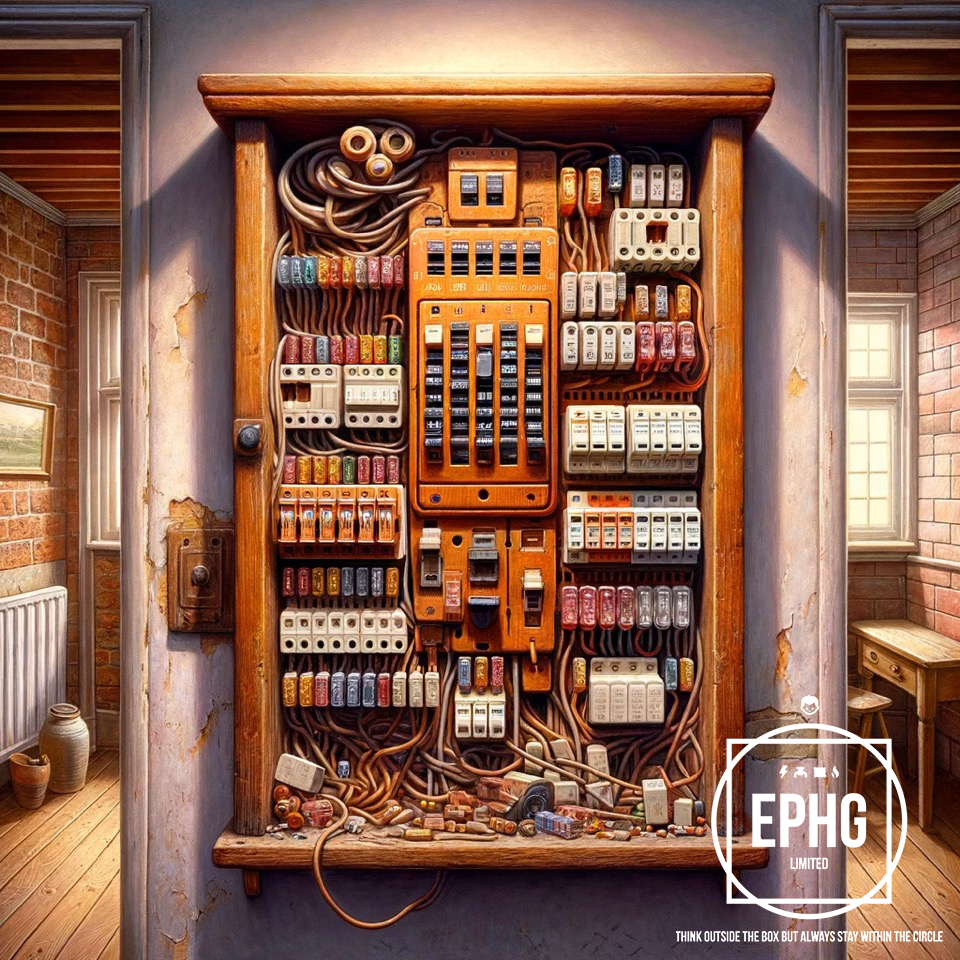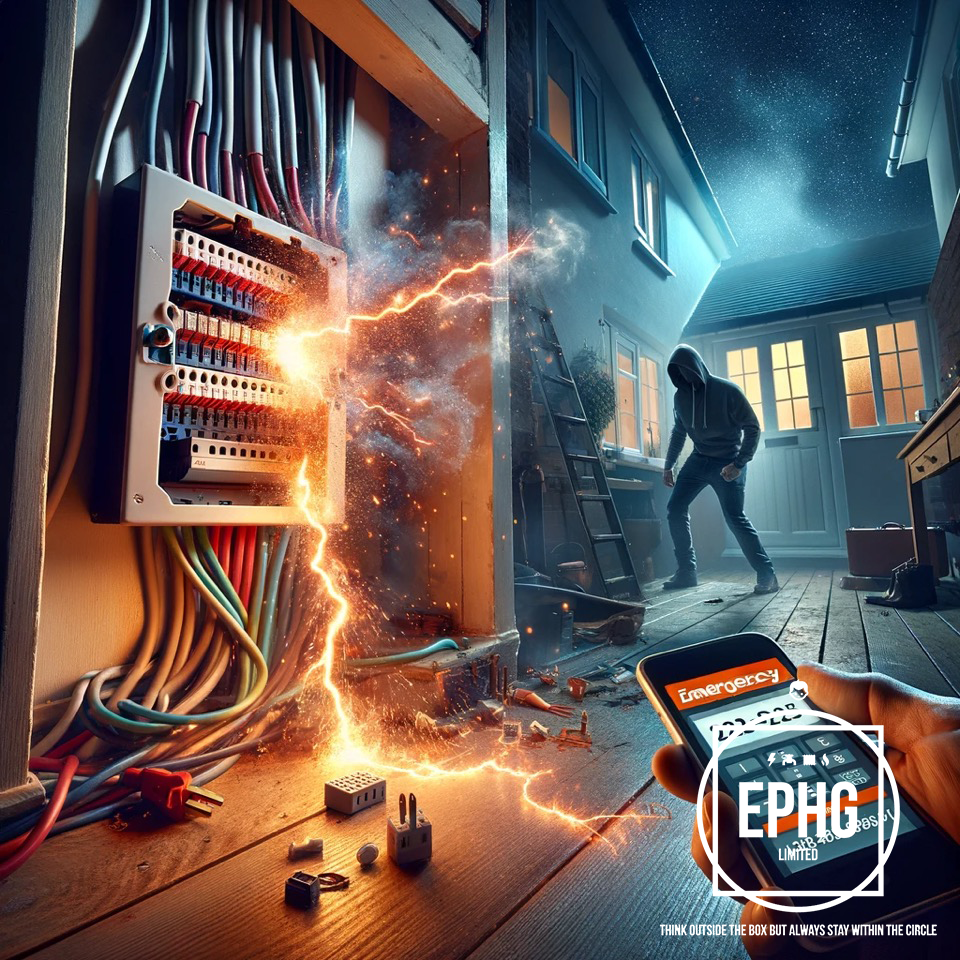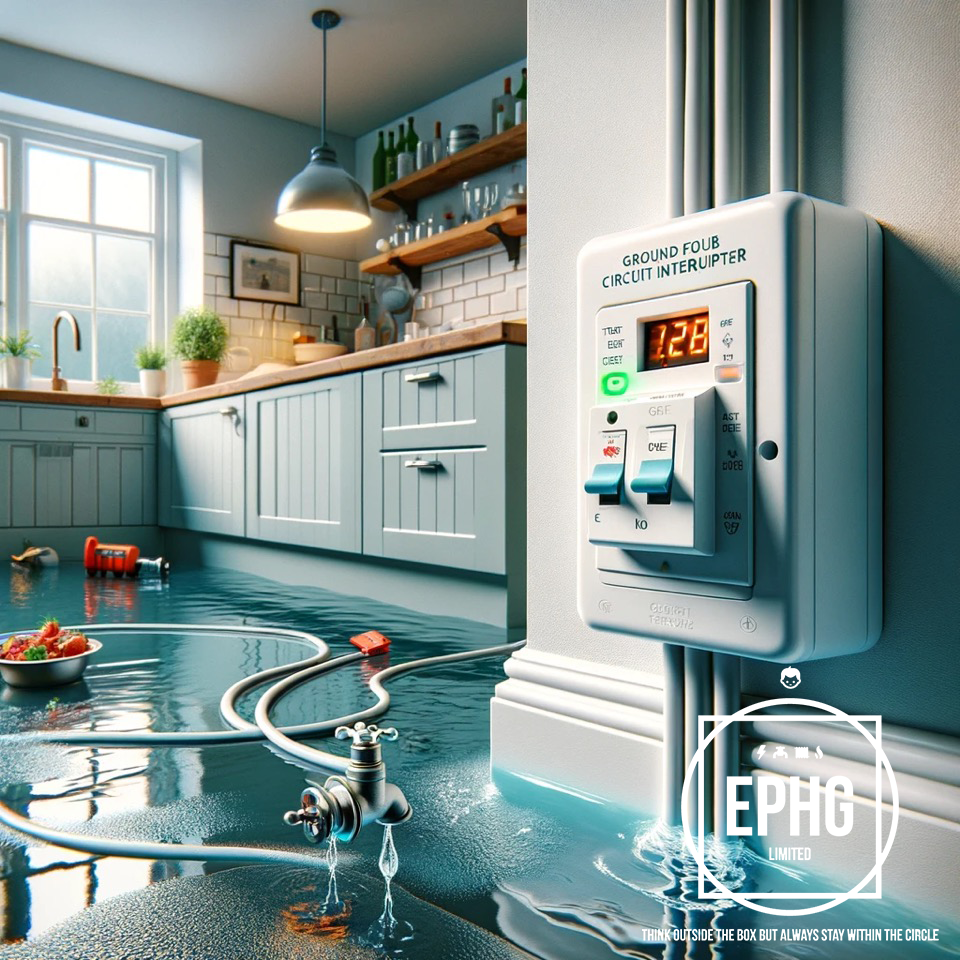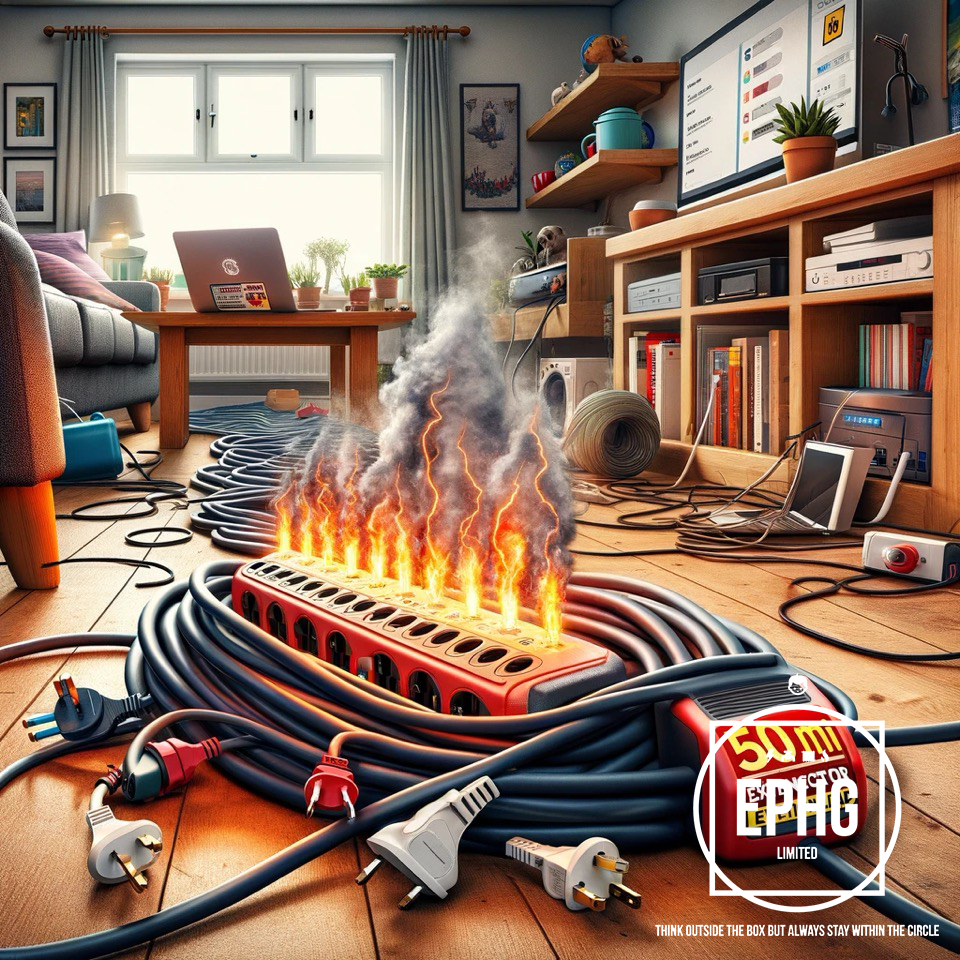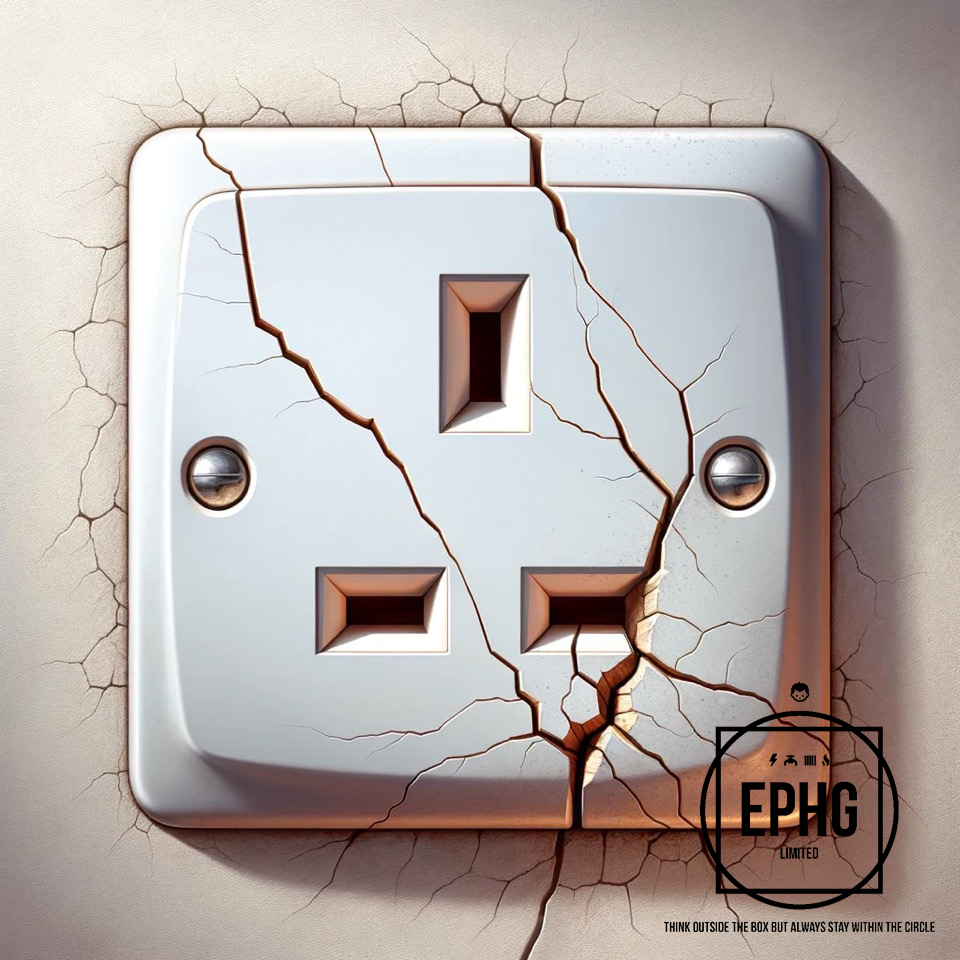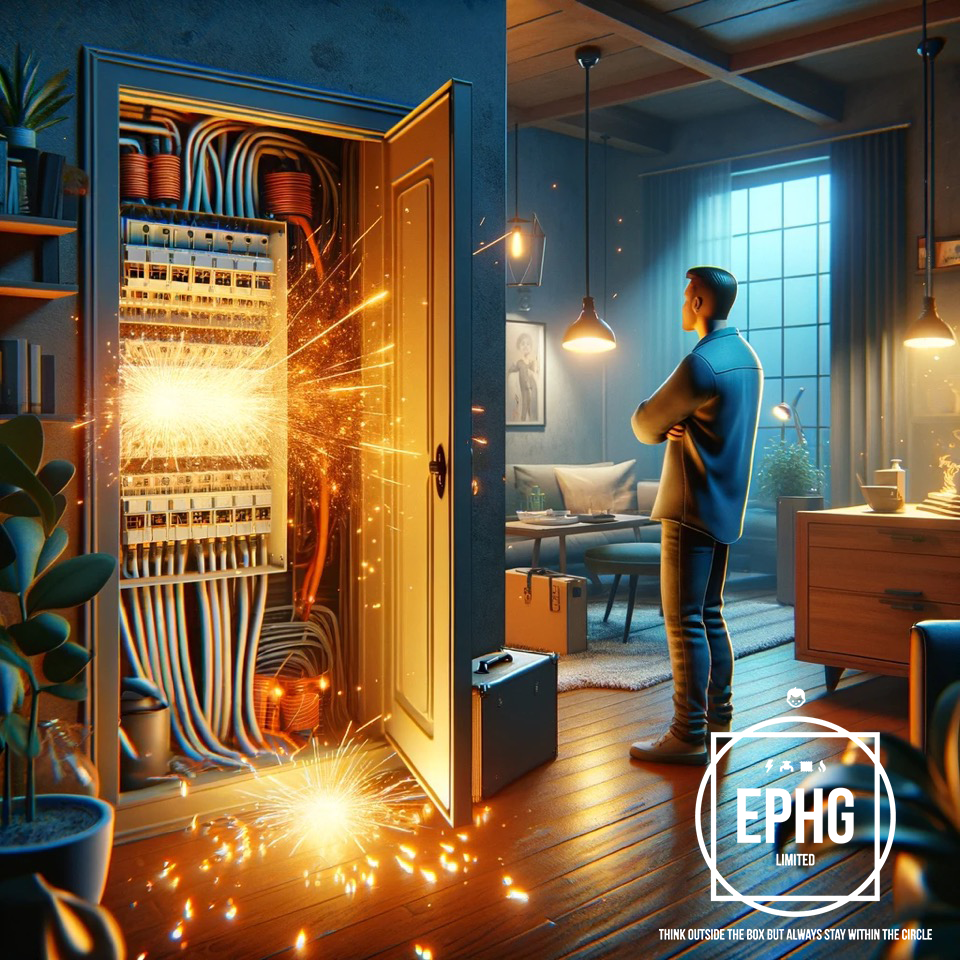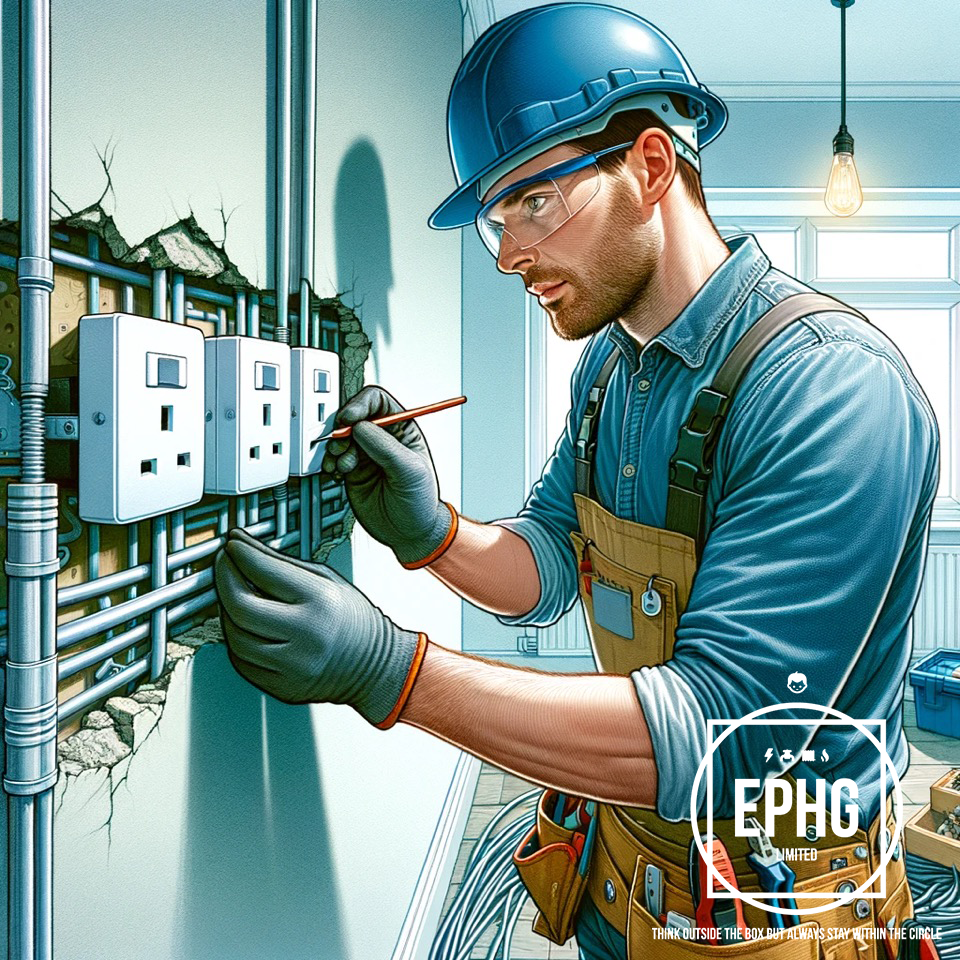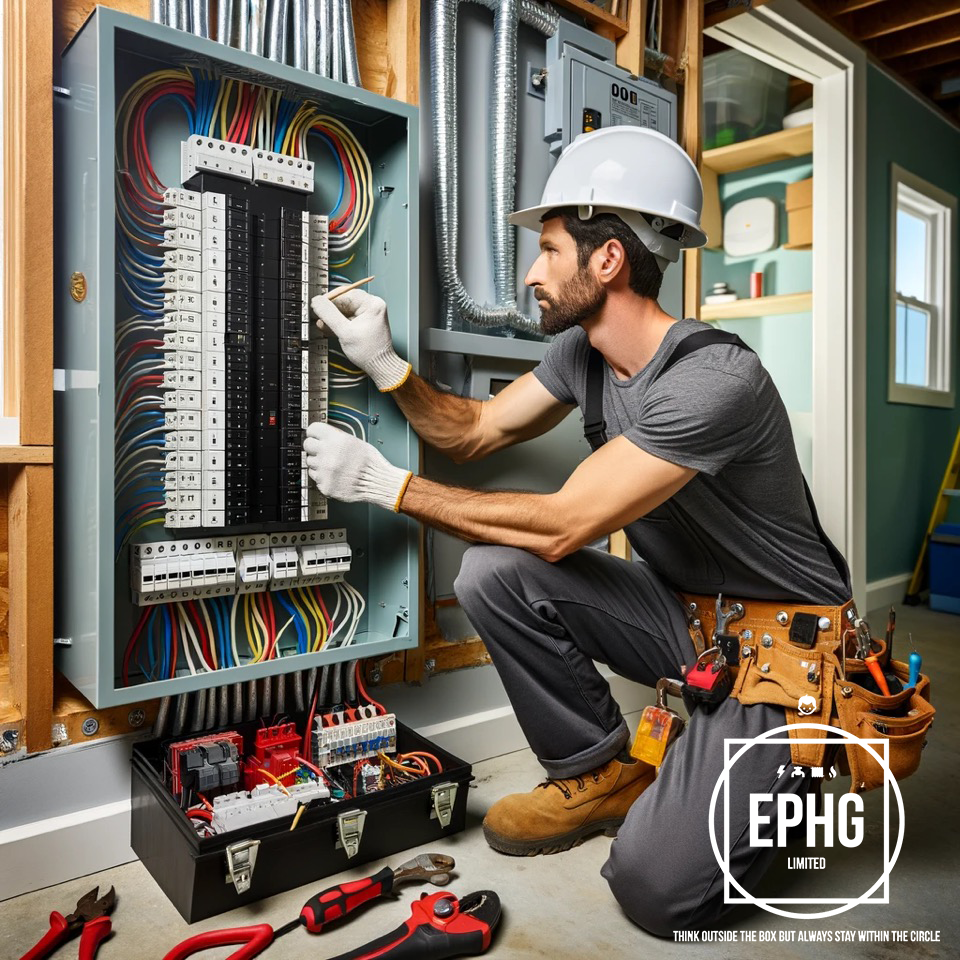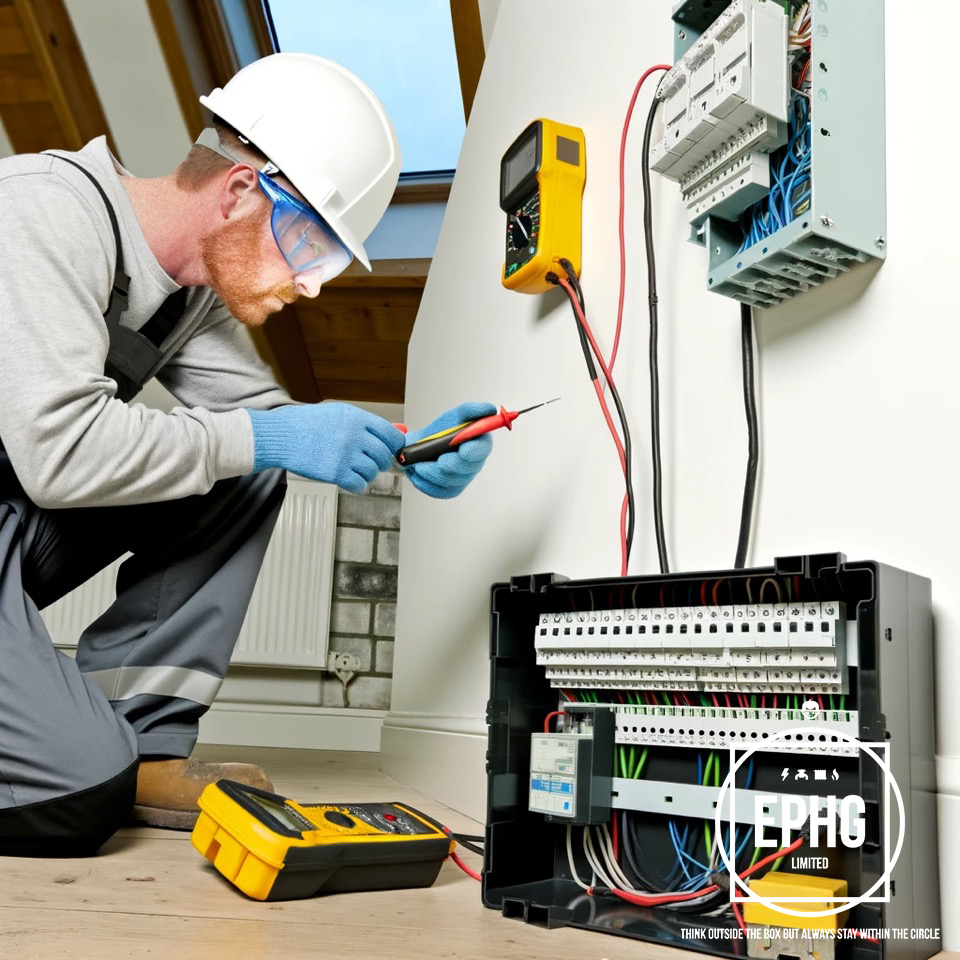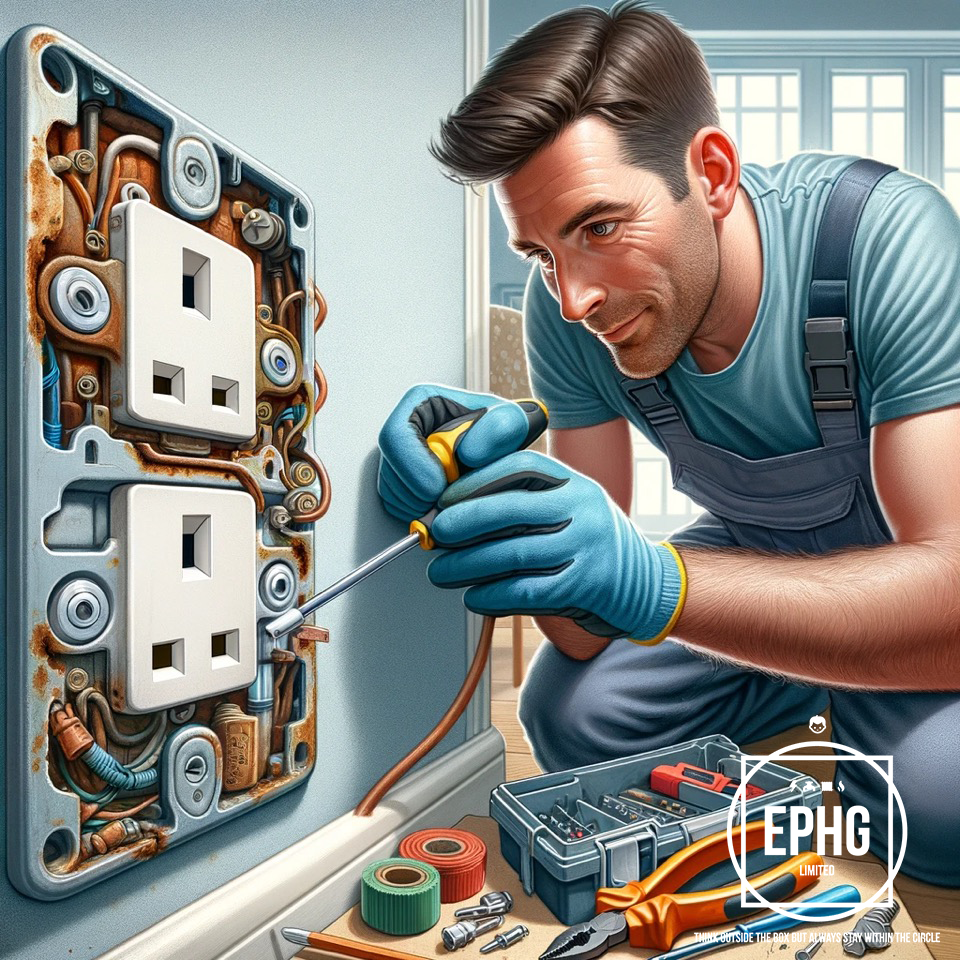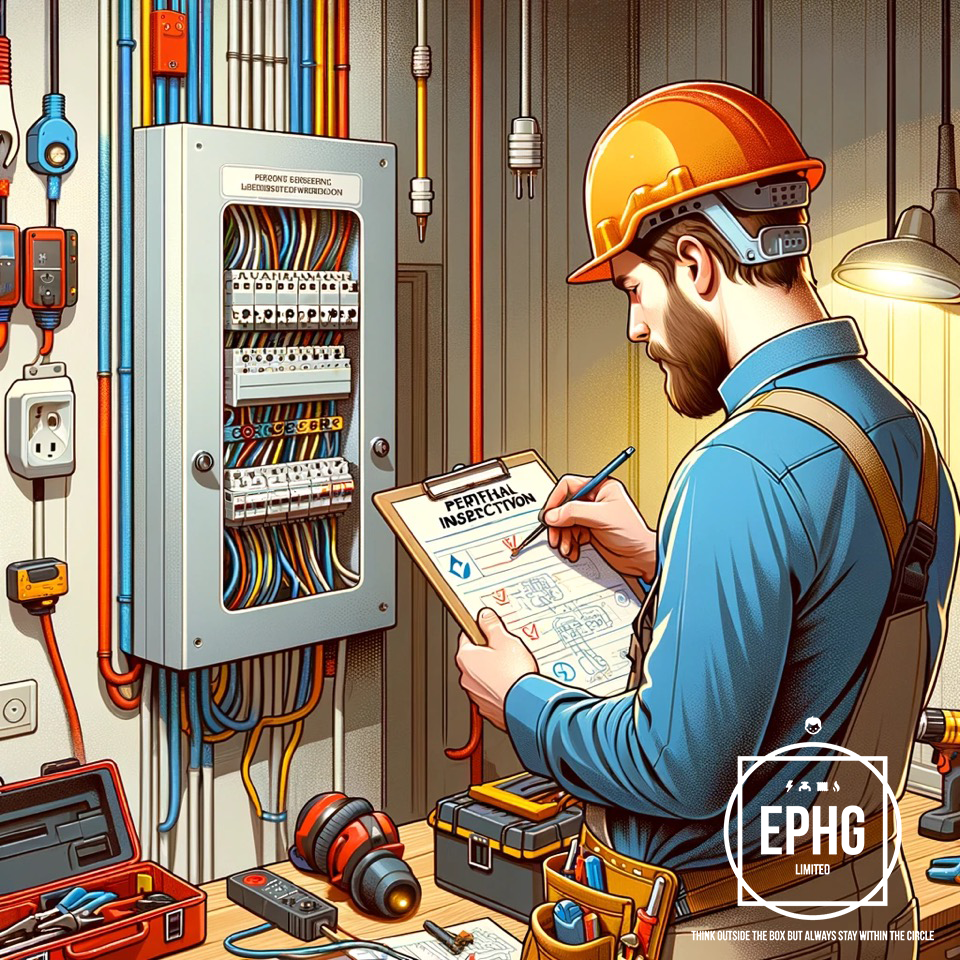
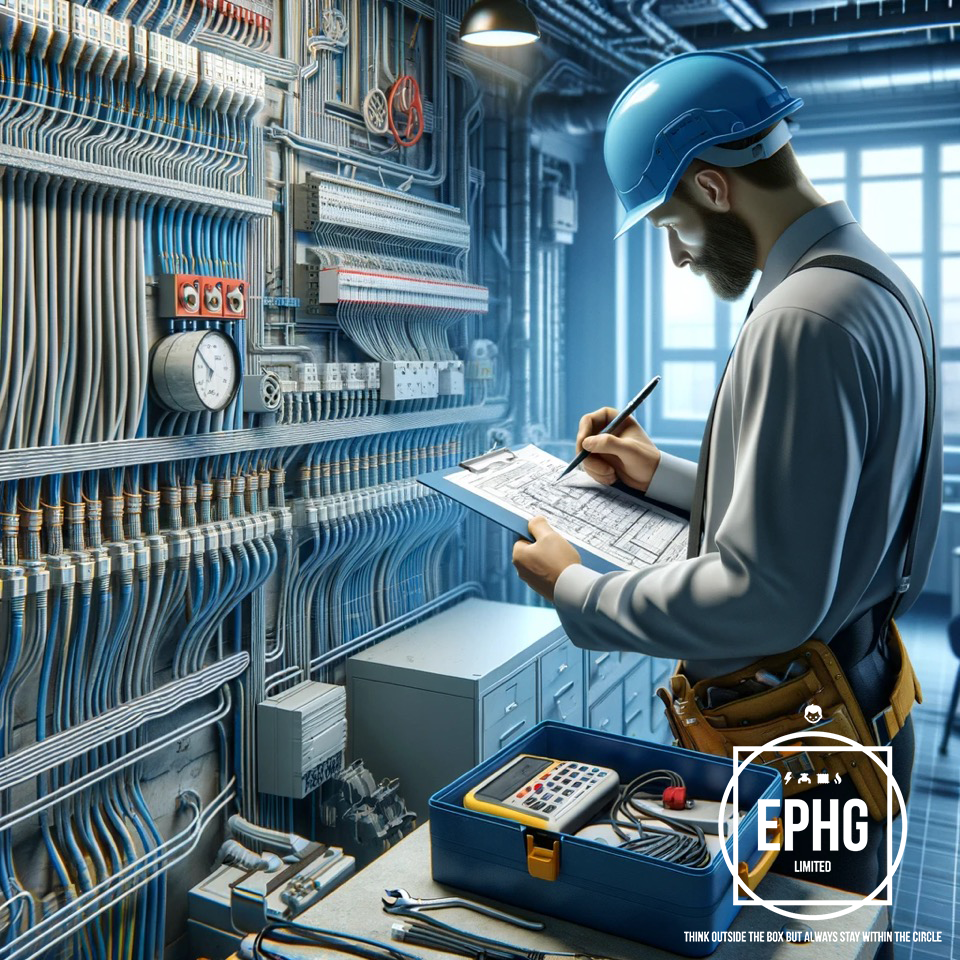
Understanding the Periodic Inspection Report for Electrical Safety
Electrical safety is paramount in any residential or commercial property, and the Periodic Inspection Report (PIR), now more commonly referred to as the Electrical Installation Condition Report (EICR), plays a crucial role in ensuring that electrical installations meet safety standards. This document is not only a testament to the health of a building's electrical system but also a guide for emergency electricians who may need to address urgent issues. This article delves into the significance of the PIR/EICR and its connection with emergency electrical services.
The Essence of the Periodic Inspection Report
The PIR/EICR is a detailed assessment of a property's electrical installations, examining their condition to identify any deficiencies against the UK's national standard for electrical safety, the BS 7671. It covers the safety of electrical circuits and equipment and checks for any work that does not comply with current standards. The report highlights any potential safety risks and provides recommendations for improvement, specifying whether issues are 'Code 1' (requiring immediate attention), 'Code 2' (potentially dangerous), or 'Code 3' (improvements recommended).
Why is the PIR/EICR Important?
- Safety: First and foremost, the PIR/EICR is about ensuring the safety of the occupants. It helps to prevent electrical shocks, fires, and other hazards by identifying faults before they become serious.
- Compliance: For landlords and business owners, it ensures compliance with legal responsibilities regarding electrical safety.
- Insurance: Many insurance companies require an up-to-date PIR/EICR to provide cover for electrical-related incidents.
The Role of Emergency Electricians in Relation to the PIR/EICR
Emergency electricians are often the first responders to issues identified in a PIR/EICR. Their expertise and quick response are crucial in addressing and rectifying faults that pose immediate risks to property and life. Here's how emergency electricians tie into the process:
- Immediate Rectification: When a PIR/EICR identifies a 'Code 1' issue, emergency electricians are called upon to make immediate repairs to mitigate risks.
- Expert Assessment: In some cases, what appears to be a minor issue in a report may have underlying risks. Emergency electricians can provide a second opinion and suggest the best course of action.
- Preventative Measures: By addressing issues outlined in the PIR/EICR promptly, emergency electricians play a key role in preventing potential emergencies.
Choosing the Right Professional
Whether for conducting a PIR/EICR or for emergency electrical services, selecting the right professional is crucial. Here are some tips:
- Certification and Experience: Choose professionals who are certified and have extensive experience with the BS 7671 and emergency electrical services.
- Recommendations: Look for electricians with strong recommendations from previous clients.
- Availability: Ensure they offer 24/7 emergency services, as electrical emergencies can happen at any time.
The Periodic Inspection Report/Electrical Installation Condition Report is an essential document that ensures the electrical safety of a property. It identifies potential issues that may require the expertise of emergency electricians. These professionals are vital in addressing immediate dangers and ensuring that electrical installations comply with safety standards. By understanding the importance of the PIR/EICR and maintaining a relationship with qualified emergency electricians, property owners can ensure the safety and compliance of their electrical installations.

